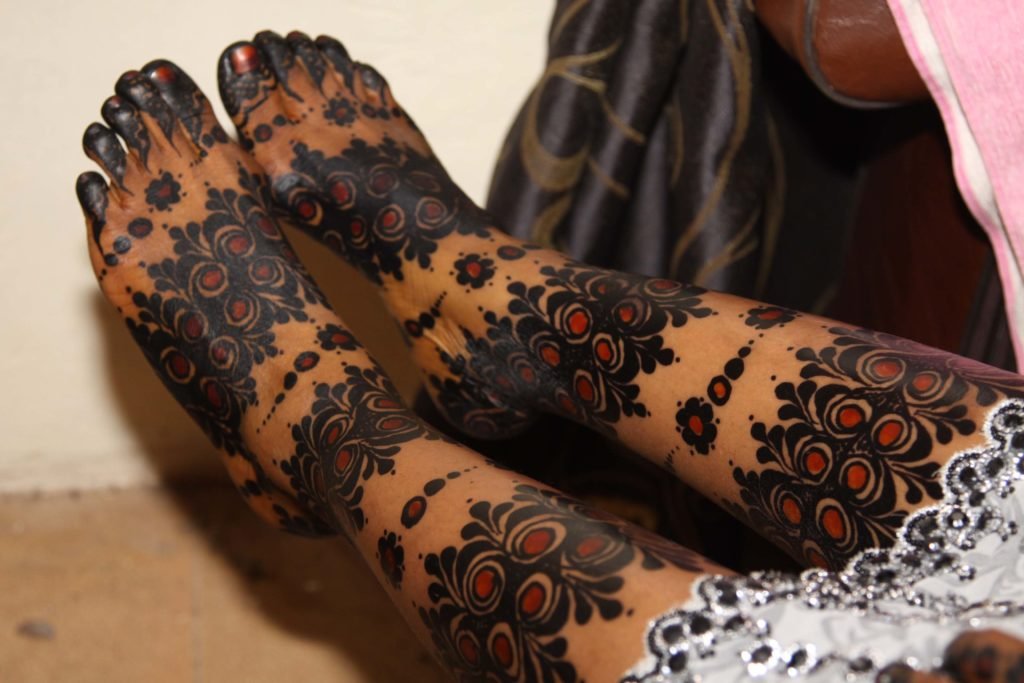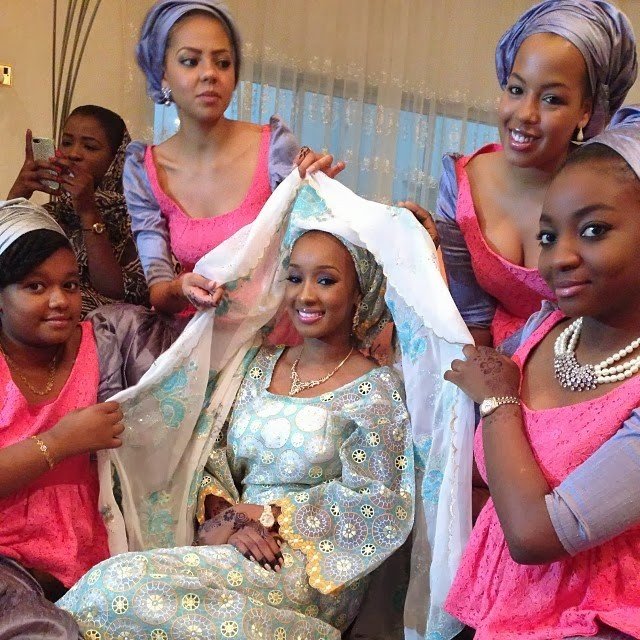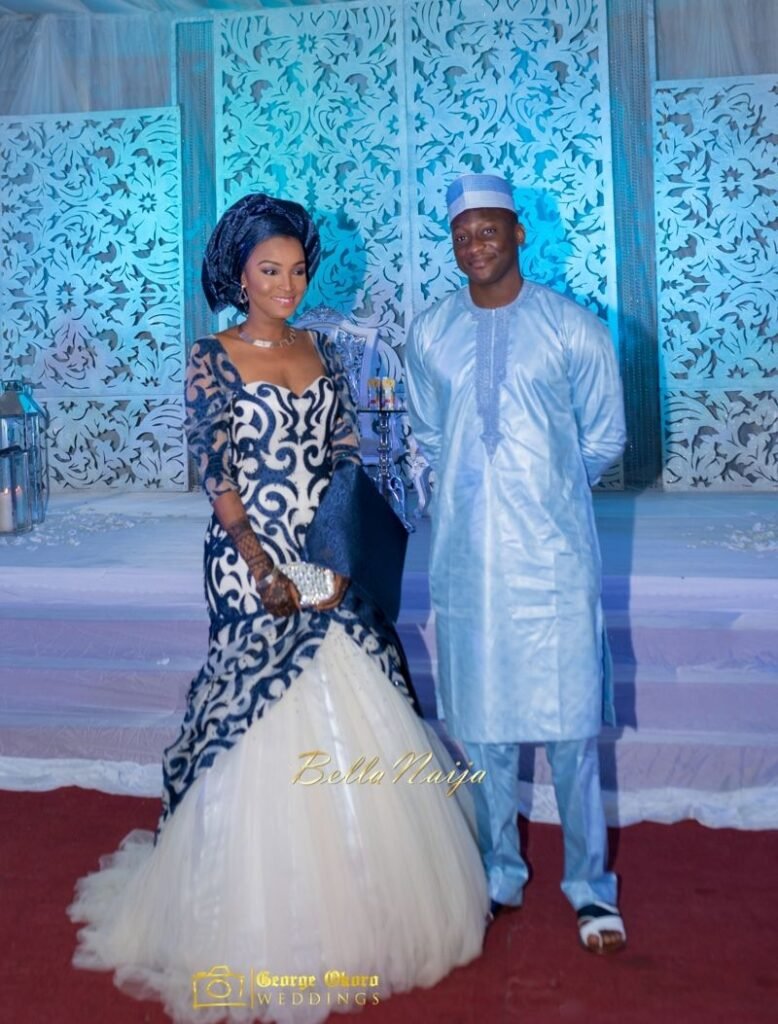The hausa life is certainly different from other cultures. From their mode of dressings, food, language and relationships. Most of which take inspiration from the islamic religion. Which is the predominant religion in the north.
The Hausa People are the major tribe in the north, predominantly muslims in their mode of dressing, salutations and cultural values.
Their relationships are quite different from other tribes starting from the dating and weddings.
Zance (Dating)
When a young man sees a young woman he admires and would want to start a relationship with her. He is first to approach the girls parents and seeking their approval.
This goes in contrary to other cultures who take the family introductions as the last aspect of the relationship. The lady’s family discusses with her, and if she is interested in the man and would want to know him better.
If the girls family approves the boy, and so does the girl, they are permitted to being in a relationship.
Both of them have meetings within the girls surrounding to talk about whatever they want. This is called ‘Zance‘ in the hausa language.
Tambaya (Loosely Translated To ‘Asking’)
After months of ‘zance‘ the couple want to take their relationship further. The boy tasks his parents to meet the girls parents, this is called ‘Tambaya‘.
The boys family would usually take some amount of money depending on the boys financial standing (#20,000, #30,000 or higher if he can afford it).
However, this is not the formal engagement. This is simply letting the parents know that he has serious intentions with their daughter. He is termed her suitor but not her fiancee. The young girl may have other suitors and if the girl and her family approve for him to be a suitor he joins in. If not, the two go their separate ways.
Baiko (Official engagement)
After a period of time, the young girl makes a decision on who she sees is best for her and agrees to be officially engaged to the selected man. Meaning there will be no other man in her love life except the one she’s engaged to.
The Date Fixing
At this point, both families sit down to set a date for the wedding, although this is not a day after the Maiko, it can be a week or months after.
The brides family can suggest a date until both parties accept a date for the wedding.
Kayan Lafe & Kayan Lele

A month to the wedding or a few weeks to the wedding, the grooms family brings the Kayan Lefe which usually consists of a set of boxes, 6, 8 or 12 depending on the grooms finance. Each of the box contains materials (atampa/ ankara), laces, bags, make up, lingerie, cosmetics, shoes everything the woman will need or may need.
Aside the Kayan Lefe, the grooms family also brings, Kayan Lele; this consists of perfumes, traditional and continental perfumes and lele (henna). The kayan lele is carried in a container called ‘Pantaker’.
Some may choose to bring both kayan lefe and kayan lele together as one from the kayan lefe but its meant to be done separately.
Auren (Marriage) / Biki (Wedding)
Afterward is the wedding ceremony, the where items from the Kayen Lefe and Kayen Lele are displayed for the guests to see.
The Amarya/bride is dressed elegantly in any color of her choice in a room decorated by a planner or her and her bridesmaids. Where the grooms family is requested to pay to a certain amount to see her. The grooms family negotiates with the bridesmaid on an amount if the price first given was too much for him to pay.
The bride is taken out to her ango/groom and the main party beings.
Wuni & Wedding Fatiha
This the time when the main party for the happens. Usually this can take place in either the grooms or the brides compound but over the years, event halls are booked for the wuni.
Local dishes are served; shinkafa (rice), masa, tuwon shinkafa, and local hausa soup to accompany it. Hausa drinks are also served as well; kunun aya, fura da nono, zobo, and others. The only exception in beverages in hausa weddings are alcohol which is religiously prohibited.
The wuni is usually followed immediately to the wedding fatiha, which is the joining of the couple by an Imam. It isn’t necessary for the bride to accompany her family to the mosque to witness the religious officiating of the wedding.
Budar Kai

After the event the bride is taken to her new home, Budar kai is loosely translated to ‘opening of the head’ but this not what happens. At this point, the groomsmen and bridesmaids are together. The bridesmaid again asks for another amount to be paid by the groomsmen for them to reveal the bride, this is called ‘tsayan baki‘.
Once that is settled the bride is revealed, prayers will be offered for the bride and her husband. The groomsman and brides maids leave for their homes. Leaving the bride and groom together alone in their matrimonial home.
Taasani
When the wife spends just one night is her husbands’ house. The man goes to his wife’s elderly relatives homes to say his greeting. Each of these relatives gives him and his friends some money or gifts.
This part usually takes place exactly the day after the wedding. From here on out the two are husband and wife.


1 Comment
they don’t ask for permission to date the girl from her parents..lol